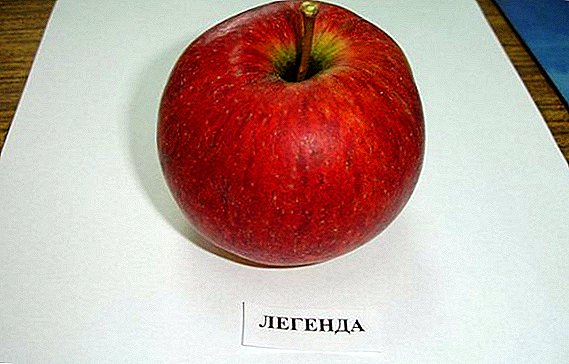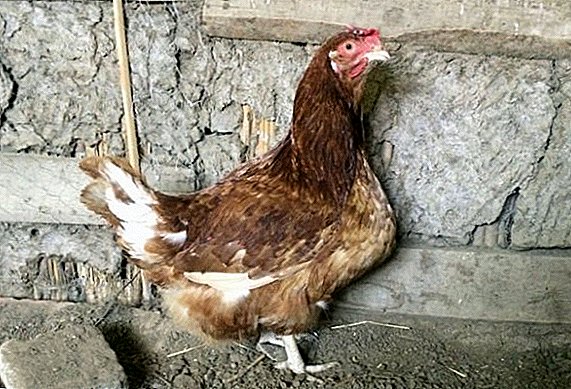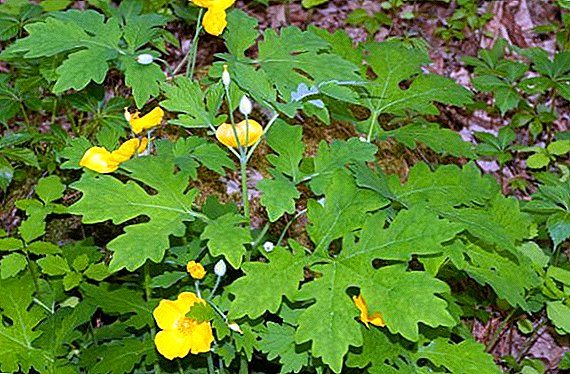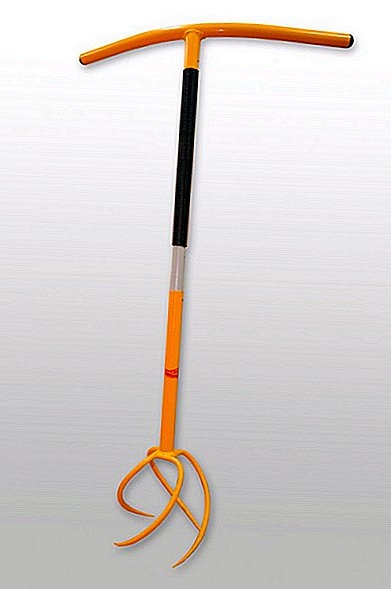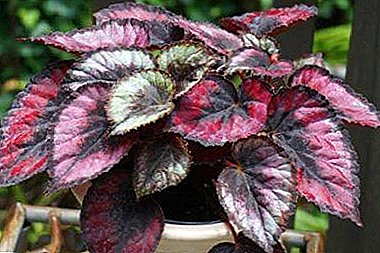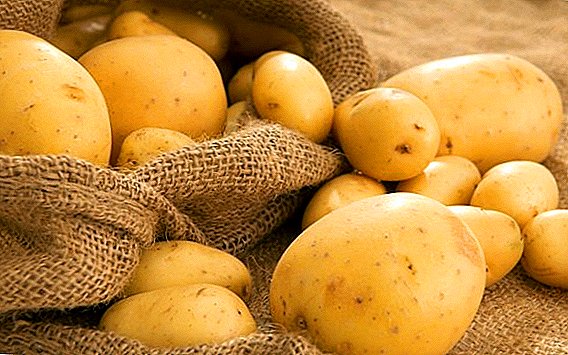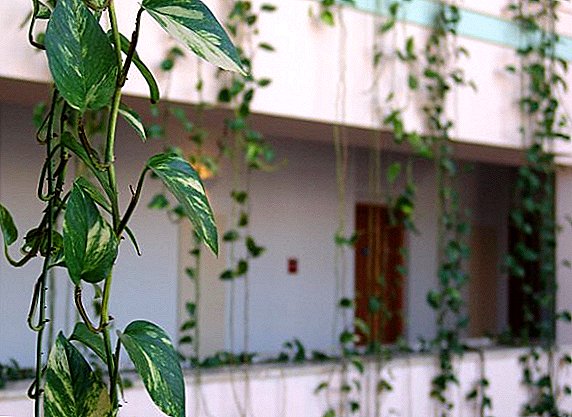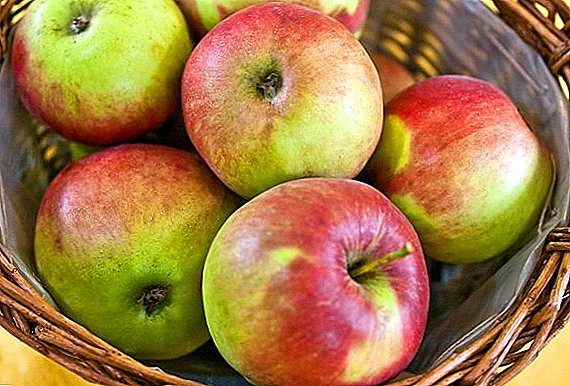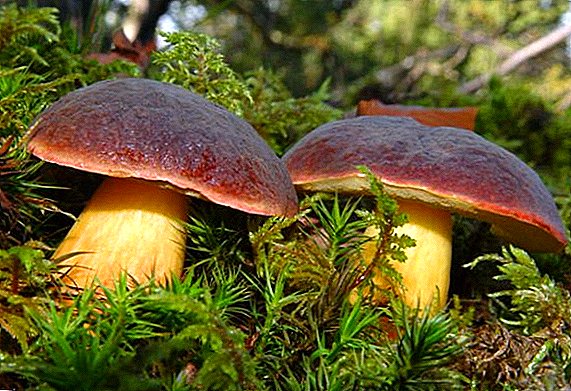 Walks in the autumn forest provide an opportunity to breathe fresh air, enjoy the beauty of nature and gather up mushrooms. Going to the "quiet hunt", you need to focus on the edibility of mushrooms. In our article we will discuss one of them - Polish.
Walks in the autumn forest provide an opportunity to breathe fresh air, enjoy the beauty of nature and gather up mushrooms. Going to the "quiet hunt", you need to focus on the edibility of mushrooms. In our article we will discuss one of them - Polish.
Edible or not
He has several names - this is both pansky and chestnut, and also “the king of mokhovikovs” or Oleshek. Belongs to the second category of edibility. In appearance it is very similar to boletus, they are often confused. This is a very tasty and healthy product. But, unfortunately, it is not very common for mushroom pickers.

Botanical description
Mokhovikov belong to the tubular mushrooms because of the tubular flesh of the cap.
Discover the most popular types of edible and inedible mushrooms.
Hat
In young mokhovikov the edges of the cap are wrapped down, and in the mature - upward. It looks cushion-shaped, 10-14 cm in diameter. It can be chestnut or brown in color, slightly lighter or darker. To remove the skin is not easy.

Tubular layer
Yellow tubules. At the junction with the leg has a small recess. The length of the tubes is about 2 cm, they have small pores, which, when mature, become larger and change color to yellow.
Pulp
Polish mushroom is sometimes called white Polish, but this is not entirely correct. Appeared this name because of the white color of the flesh of the cap. Sometimes it can be yellow. If you press down the flesh, then its color changes to blue. The smell of mushroom, very pleasant.

Leg
Smooth, and sometimes with small scales, the leg at the base slightly thickens. Its height is more than 10 cm, and the diameter is about 3-4 cm. The color can be brown or brown. The flesh is dense, on the cut acquires a blue color.
When and where to collect
Oleshki grow not everywhere. They do not tolerate drought and prefer the northern climate. Therefore, they can be found in Europe or the Far East.
Oleshki form mycorrhiza with roots of coniferous trees. Rarely, they can be found under oak or chestnut. You need to look for moths in coniferous forests on moss-covered meadows. Directly near the trunks, they practically do not grow.

The season of their gathering begins when whites and boils are almost running out. Mokhoviki grow in groups at a short distance from each other. Prefer the soil with an acidic environment.
Important! It should be remembered that mushrooms, like a sponge, absorb everything from the environment. Therefore, it is necessary to collect them away from the roads and various enterprises.
What can be confused: twin mushrooms
Polish mushroom in appearance is similar to the gall mushroom, motley moth, and green moth. But all these specimens are edible:
- at the moth is a motley brownish hat with red cracks. A tubular layer of yellow color. The leg is flat. Suitable for food;
- The green flywheel has a brown hat with a green tint. It differs from the Polish large angular pores of yellow color. Leg downwards becomes thinner;
- gall mushroom, though not relevant to poisonous, but edible can not be called. On the leg, it has a mesh pattern. Pink tubular layer. It has a bitter taste. After cutting, it emits a tar.



Since the bilious and satanic mushroom belongs to the group of inedible mushrooms, learn how to identify a false orange-cap boletus, inedible russules, sham-beetles, a mushroom umbrella.
The satanic mushroom is considered the only dangerous twin. Its distinctive features include:

- the hat is gray or green. The tubular layer is red;
- leg with mesh pattern, at the bottom - brick-colored, and at the top - orange;
- when damaged, the pulp first becomes red and then turns blue.
Important! The flesh of the satanic fungus affects the respiratory center and causes paralysis.
Chemical composition
The caloric content of the flywheel is about 18 kcal. It contains about 1.8 g of protein, 0.7 g of fat and carbohydrates, about 1.4 g.

Oleshok has a very rich vitamin and mineral composition. It includes almost all the vitamins of group B - B9, B6, B2, B1.
Read also about the beneficial properties and application in various branches of mushrooms: milk mushrooms, boletus, ceps, shiitake, chaga (birch fungus).
In addition to them, there are:
- choline;
- vitamin PP;
- vitamin C.
Oleshek is 90% water. In its composition there are mono - and disaccharides, as well as more than 10 amino acids (for example, tianin). This amino acid lowers blood pressure and has a calming effect.
Did you know? In the Polish mushrooms the content of vitamins of group B is higher than in vegetables and cereals.
In addition to these compounds, the composition also includes:

- zinc;
- manganese;
- potassium;
- sodium;
- fluorine;
- phosphorus;
- copper and other elements.
Cooking Uses
Mokhovikov, although they fall into the second category of edibility, are considered a delicacy. From them you can cook soups and salads, stuffing for pies and pizza. They are fried, dried, pickled and frozen. In the process of cooking there is a pleasant aroma. With proper storage, this delicacy retains its properties for about 6 months. The protein content is equivalent to meat, so you can use it for vegetarian dishes.
Did you know? From mokhovikov receive food colors, mostly yellow, and if you use a mordant, then - orange or gold.
How to clean
Before cooking Oleshki need:

- remove twigs, dry grass and other debris;
- prune worms and remains of mycelium;
- remove the skin from the cap;
- rinse gently several times in running water;
- soak for several hours in salty water;
- rinse a few more times.
We advise you to read about the technology of cooking mushrooms: pickling (chanterelles, wild mushrooms, milk mushrooms, ryadovki), pickling (dried mushrooms), drying (oyster mushrooms), freezing (white, oyster mushrooms, chanterelles, mushrooms, mushrooms).
How to cook
Some believe that the Polish mushroom can not cook, and immediately fry. But it is better not to risk it.
- Large specimens are cut into 2 or 4 parts, and small ones are left intact.
- We take a bigger pot, as the product foams heavily.
- Boil several times for 20 minutes, changing the water.
- Oleshki quickly darken, so cook them immediately or leave them in broth.



How to pickle
Most often mohovichki marinate. For this we need:
- 1 kg loafie;
- oil (sunflower or olive).

For the marinade:
- 1 l of water;
- 1 tbsp. l salts;
- 1 tbsp. l Sahara;
- 4-5 cloves of garlic;
- 3-4 bay leaves;
- 5 pieces. carnations;
- 50 ml of vinegar.
The cooking process is as follows:
- The washed and prepared product (we cut large parts into several parts) is boiled in salted water (1 liter of water - 1 tsp. Of salt) for 5 minutes after boiling.
- Drain broth, wash the Oleshki.
- Fill with salted water again and boil for 30 minutes after boiling.
- Drain and rinse.
- Pour marinade and boil for 7 minutes.
- Spread mohovichki together with the marinade on sterile jars.
- Top with a little oil.
- Cover with lids and roll up.
- Wrapped up with something warm and leave to cool.






We are very pleased to have suggested where to find Polish mushrooms and how to distinguish them from others, including poisonous ones. Enjoy the fact that you collect them, and the delicious dishes that can be cooked with them.
Feedback from network users:




